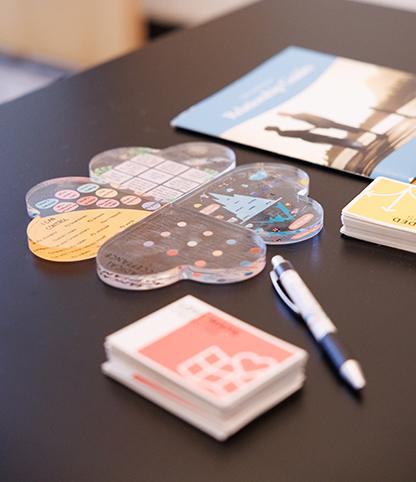Conflict is a natural part of growing up, but learning how to manage it doesn’t come automatically. As parents and caregivers, we can equip children with essential conflict resolution skills that will benefit them throughout life.
Here’s a step-by-step guide to help your child navigate disagreements with confidence and empathy.
1. Help your Child Recognize Emotions
For many children, especially younger ones, naming their emotions can be tough. That’s why visual tools can make a big difference. Try using a feelings chart or a stoplight system:
- Red: “I’m really upset.” Time to pause and cool off.
- Yellow: “I’m calming down.” Not ready yet, but getting there.
- Green: “I’m ready to talk.” Let’s find a solution.
By helping your child label how they’re feeling, you’re giving them the first key to understanding conflict.

2. Practice Calming Strategies
Before addressing the issue, your child must be calm enough to think clearly. Some strategies to try include:
- Deep breathing exercises
- Going for a short walk
- Playing with a pet or doing a calming activity
Once they’ve regained their composure, it’s easier to explore what’s really bothering them. Sometimes, what seems like a fight over a toy is actually about feeling left out or needing attention.
3. Ask Your Child About Solutions
Invite your child to brainstorm solutions to their conflict. Then, both of you can decide which solutions are best.
Remind them that the best choice isn’t just what feels good, but what helps everyone achieve their goals.
Praise your child for trying to fix a problem, even if things don’t work out perfectly.
4. Healthy Communication
Learning to express needs respectfully is key. Encourage the use of “I” statements:
- “I felt sad when you didn’t sit with me.”
Role-play these situations at home so children can practice when they’re calm.
Model these behaviors yourself by walking your child through how you would solve your own problems step by step.
Final Thoughts
Teaching conflict resolution takes time, patience, and practice. It’s one of the most valuable lessons you can give your child.
Remember:
- These skills are best taught outside of heated moments.
- The more your child sees and practices healthy conflict resolution in calm settings, the more likely they are to use those skills when it really counts.
Want to dive deeper?
Check out the full article from the Child Mind Institute:
Teaching Kids How to Deal With Conflict – Child Mind Institute

